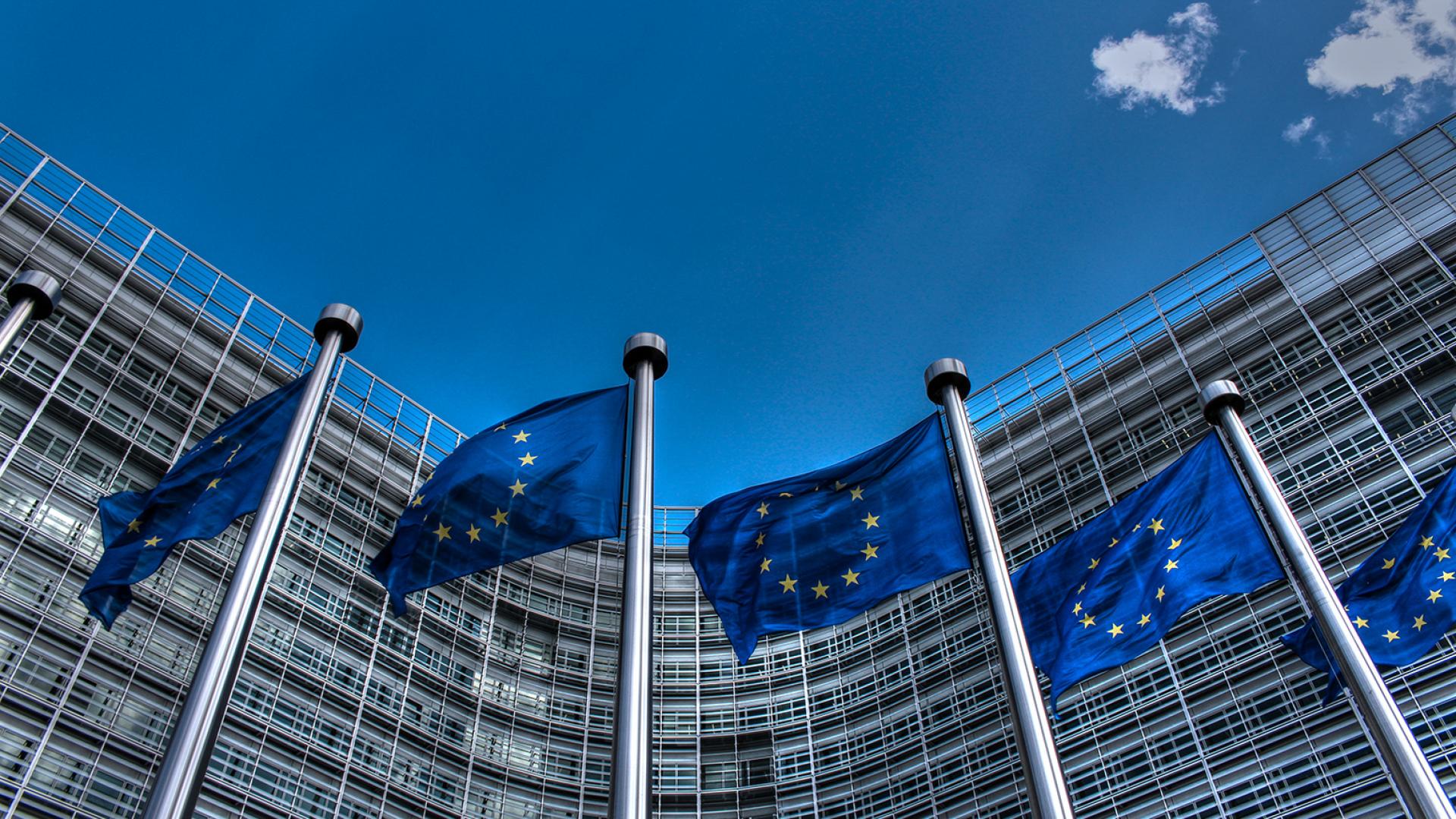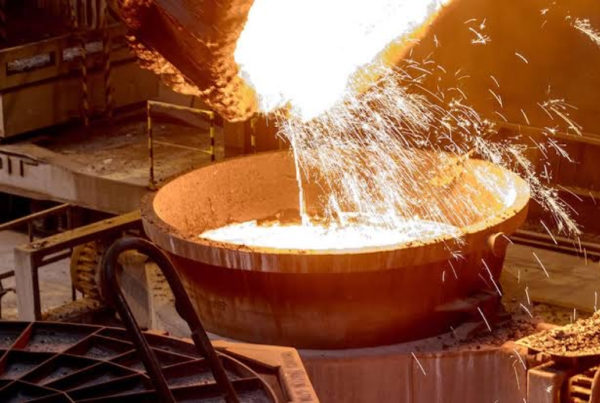
A carbon border levy should be rolled out for imports of steel, iron, cement, fertilizers, aluminium and electricity, leaked EU draft documents read. The European Commission’s formal proposal for the carbon border adjustment mechanism (CBAM) is expected on July 14. Countries outside the European Union like Turkey are preparing for the tax, and some steps are also being taken by indivitual Western Balkan countries.
According to leaked documents obtained by Euractiv, the EU is considering a transitional period of three years. The start is set for 2023 and a full application for 2026. The draft is subject to change before publication.
The carbon border tax is supposed to cover emissions from production as well as from the electricity used in production
It would apply to steel, iron, cement, fertilizers, aluminium and electricity, according to the documents, which spell out a method for calculating embedded emissions in imported products.
The carbon border tax is supposed to cover both direct and indirect emissions. Direct emissions are those from the production of goods, and of which the producer has direct control over, including emissions from the production of heating and cooling consumed during the production process. Indirect emissions are those from the electricity consumed during the production of goods.
The EU intends to introduce a CBAM certificate
The EU intends to introduce a CBAM certificate in an electronic format, corresponding to one tonne of CO2 emissions embedded in goods. Importers would be required to buy them as allowances.
The EU will set up a CBAM authority which will calculate the price of the certificates as the average of the closing prices of all auctions of EU Emissions Trading System allowances, the leaked documents read.
Under the current EU ETS, power plants and industrial facilities are required to buy permits from the EU carbon market to cover their emissions.
The carbon border tax would not be applied to countries within the customs union – Iceland, Liechtenstein, Norway and Switzerland.
Read full article at Balkan Green Energy News



